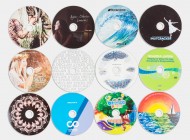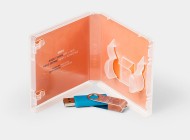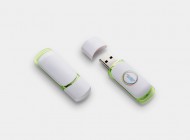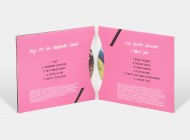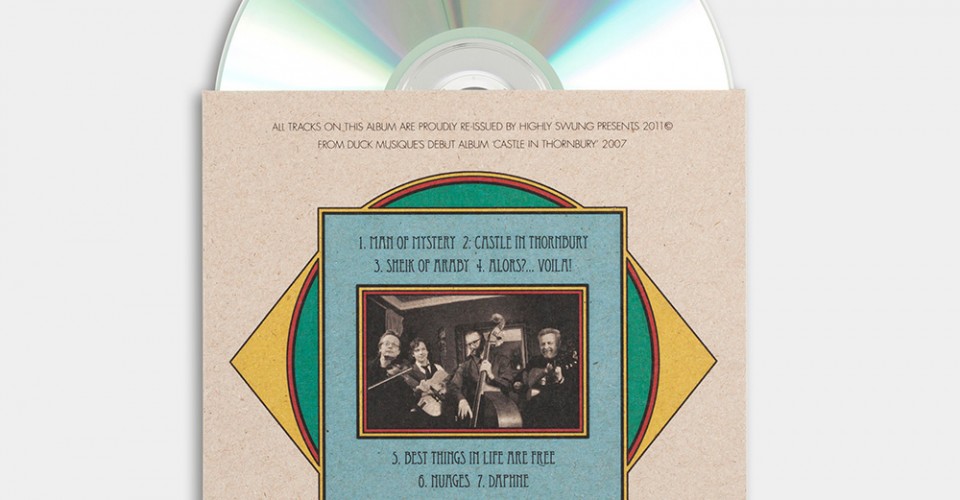Lithographic (Offset) CD Printing
This printing process is very different from the screen printing process and the two printing machines are set up very differently. The lithographic process takes advantage of the fact that the printing ink and water do not mix much like oil and water.
The artwork image is applied to a lithographic CD printing plate using a laser. The printing plate surface is rough in texture and is pre-coated with a thermally reactive emulsion.
The printing plates are treated using chemicals to enable removal of the exposed area of the thermal emulsion from the printing plate. Once the printing plate has been prepared, the area containing the artwork image is made ink receptive and water repellent. The areas on the CD printing plate that are not to be printed are made to attract water but not the ink. The printing plates are then assembled onto a rotating cylinder on the lithographic printer.
As the printing plate goes through each rotation, it passes over a set of rollers which apply water to the plate, the water is attracted to the rough surface, where ink is not to be applied to the disc.
Next the printing plate passes over the rollers as ink is added. The ink is attracted to the smooth areas of the printing plate. A cylinder wrapped in a rubber blanket then rolls over the plate and picks up the ink. The CD artwork image is then transferred from the rubber blanket cylinder onto the CD printing which is securely held in a metal platen. Once again, this process is very fast which many parts of the process happening simultaneously and many discs being printed in conjunction.
Lithographic printing is perfect for printing photographic images as it can deal with areas of subtle colour gradient very well. It’s not so good, however, for large areas of solid colour as there can be an ink coverage discrepancy which can lead to a “patchy” print on the CD.
As with CD screen printing, lithographic printing has a fixed setup cost regardless, in this case, of how many colours are involved in the print. It only becomes economically viable for print runs of 100 discs or more and the more discs are printed, the lower the unit cost goes.
In a nutshell, if your project is only for a small run of discs then digital CD printing is the way to go. There is certainly no print quality compromise with digital printing over the other 2 processes and even though it is the slowest process, this is not really relevant if you’re only having 50 discs printed. There are many companies specialising in 24 to 48 hour turnarounds on short runs of discs who use this printing method exclusively and have it down to a fine art.
For projects where the amount of discs required is more than 100 and the artwork features bold, solid colours, then the DVD printing process of choice has to be screen printing. The metallic and fluorescent inks available for this process make for some truly eye-catching and distinctive designs. If the artwork for the discs is a photographic image or contains a subtle colour gradient, then the printing process best suited to this type of artwork would be Lithographic printing. For screen and lithographic printing, the more units ordered, the cheaper the unit cost becomes.






